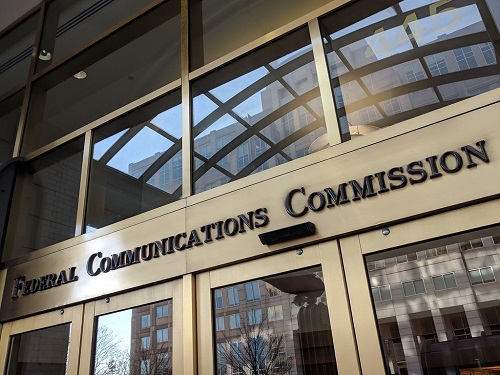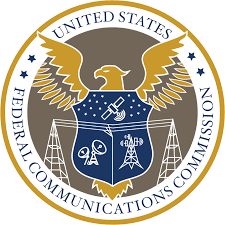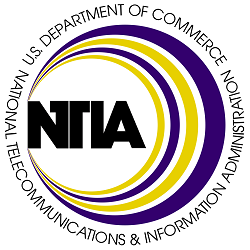
Fast, affordable Internet access for all.

As we approached the new year, and after more than a decade of criticism, the FCC finally moved to tackle the agency’s long-dated definition of broadband with an eye on nudging the industry toward faster broadband deployments. But many industry watchers say the belated reform inquiry arrives late and long after other agencies have filled the void left by a lack of FCC leadership.
The FCC’s Notice of Inquiry (NOI), issued in November, asks whether the agency should finally adopt 100 Mbps (megabit per second) downstream, 20 Mbps upstream as the new standard U.S. definition of broadband.
“Ultimately, I believe it is essential in the United States to set big goals in order to get big things done,” FCC boss Jessica Rosenworcel said in a statement. “That is why we are kicking off this inquiry to update our national broadband standard to better align it with the standards in pandemic-era legislation of 100 Megabits per second down and 20 Megabits per second up and also set a long-term goal for gigabit speeds.”
But there’s nothing about the FCC’s planned definition that’s “big.”
Of particular annoyance to long-time industry watchers is the agency’s continued adherence to an upstream standard that remains out of touch with modern needs. While Senators and consumer groups had pushed for a symmetrical definition of 100 Mbps, cable industry lobbyists managed to convince the FCC to lower the upstream bar dramatically.

Cable broadband speeds are notoriously topheavy, with downstream speeds far in excess of upstream speeds. While full duplex DOCSIS technology is supposed to eventually remedy that, the technology remains far from widespread deployment.
“Anybody who follows the industry knows that the use of 20 Mbps to define upload speeds is a political compromise that is not based upon anything other than extreme lobbying by the cable industry to not set the number higher,” CCG Consulting’s Doug Dawson noted in a blog post. “The NOI cites studies that say that 20 Mbps is not sufficient for households with multiple broadband users, yet the FCC still proposes to set the definition at 20 Mbps.”
The FCC’s NOI simply begins the process of possibly upgrading the nation’s lagging broadband speed standards. Actual implementation of any tougher standard could remain some time off, long after an historic wave of infrastructure bill broadband subsidies have begun winding their way to states, industry, and municipalities.
Too Little, Too Late?
As per its Congressional mandate under the Telecom Act, the FCC is required to periodically examine the equitable “availability of advanced telecommunications capability to all Americans.” Part of that effort involves maintaining speed standards designed to nudge the telecom industry to keep pace with the modern needs of broadband subscribers.
But the agency has always been notably behind the curve.

The FCC originally defined broadband as anything over 200 kbps in either direction. In 2010 the FCC updated its definition of broadband to a pathetic 4 Mbps down, 1 Mbps up. The FCC’s definition of broadband was updated again in 2015 by the FCC to a better, but still arguably pathetic 25 Mbps downstream, 3 Mbps upstream.
The FCC’s less discussed definition of wireless broadband is even more pathetic. It remains stuck at 4 Mbps downstream, 1 Mbps upstream despite the widespread deployment of ultra-fast fifth generation wireless (5G) networks. While the NOI floats the idea of potentially raising the wireless definition to 35 Mbps down, 3 Mbps upstream, it’s not clear that will actually happen.
The telecom industry’s biggest players have long fought tooth and nail against any meaningful broadband definition upgrades, clearly concerned that higher standards would only act to further illustrate how a lack of competition often results in slow speeds, patchy availability, and high prices. It’s the same reason the industry has fought against better broadband mapping.
Government watchdogs like the General Accounting Office (GAO) have long criticized the FCC’s feckless definition of broadband. In report after report, the agency warned that the FCC not only failed to maintain a standard that kept pace with modern broadband usage, but consistently refuses to be transparent about its decision-making processes.
“Our analysis of notices of inquiry and deployment reports shows that FCC has not consistently communicated from year to year how it reviews the broadband speed benchmark and determines whether to update it,” the GAO wrote earlier this year.
Even the FCC’s looming standard update is already well behind the curve. A recent study by OpenVault found that 80% of U.S. homes already subscribe to download speeds of at least 200 Mbps or faster.
Lack Of FCC Leadership Created A Policy Vacuum Others Have Filled
As the FCC has stumbled in any kind of leadership role (including the significant issues that plagued its Rural Digital Opportunity Fund), other agencies have filled the void. The National Telecommunications and Information Administration (NTIA), for example, was quick to implement tougher symmetrical 100 Mbps standards for many modern subsidy programs.

The Infrastructure Investment and Jobs Act (IIJA), passed two years ago, had already set the bar at 100 Mbps downstream, 20 Mbps upstream for all subsidies doled out by the Broadband Equity, Access And Deployment (BEAD) program.
The FCC attempts to be forward thinking in its NOI, by contemplating the need for future, more stringent standards, such as 1 gigabit per second (Gbps) downstream, 500 Mbps upstream. But such a standard would anger companies incapable of meeting it, ensuring that the agency isn’t likely to implement such a meaningfully-high bar anytime soon.
“I find it impossible to contemplate that the FCC will change the definition of broadband to gigabit speeds in the next decade, because doing so would be saying that every home that doesn’t have a gigabit option would not have broadband,” Dawson notes. “Without that possibility, setting a high target goal is largely meaningless.”
Flimsy standards and the FCC’s historically inaccurate broadband maps work in concert to obfuscate market failure, disincentivize investment, and downplay the impact of muted competition. Fixing the problem requires being consistently several steps ahead of the curve, not perpetually stuck a decade behind.
Header image of man performing speed test courtesy of Uswitch.com, Attribution 2.0 Generic
Inline image of FCC building courtesy of Rob Pegoraro, Attribution-NonCommercial-ShareAlike 2.0 Generic
